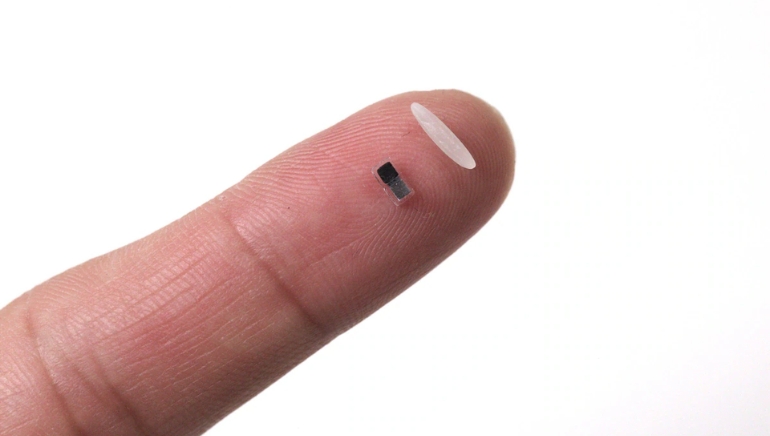Scientists have created the world’s tiniest pacemaker, a temporary heart rate regulator smaller than a grain of rice. This wireless device dissolves in the body, eliminating the need for invasive surgery to remove it. While human trials are years away, experts describe it as a “transformative breakthrough” that has the potential to revolutionise medical treatments.
Pacemakers use electrical pulses to regulate abnormal heartbeats. Millions rely on permanent pacemakers, although temporary devices are frequently required following cardiac surgery. Currently, these require wires attached to an external power source, and removing them can cause issues.
The new pacemaker, which is 1mm thick and 3.5mm long, may be injected using a syringe. It works with a soft chest patch that detects irregular heartbeats and sends light signals to help regulate rhythm. It generates electrical pulses from bodily fluids using a galvanic cell.
Successful experiments have been conducted on mice, rats, pigs, dogs, and human heart tissue. Researchers anticipate that human trials will begin within three years. Scientists believe that this breakthrough could have applications beyond cardiology, such as neurone regeneration, wound healing, and smart implants. This breakthrough has enormous promise, given that heart disease is the leading cause of death worldwide.















